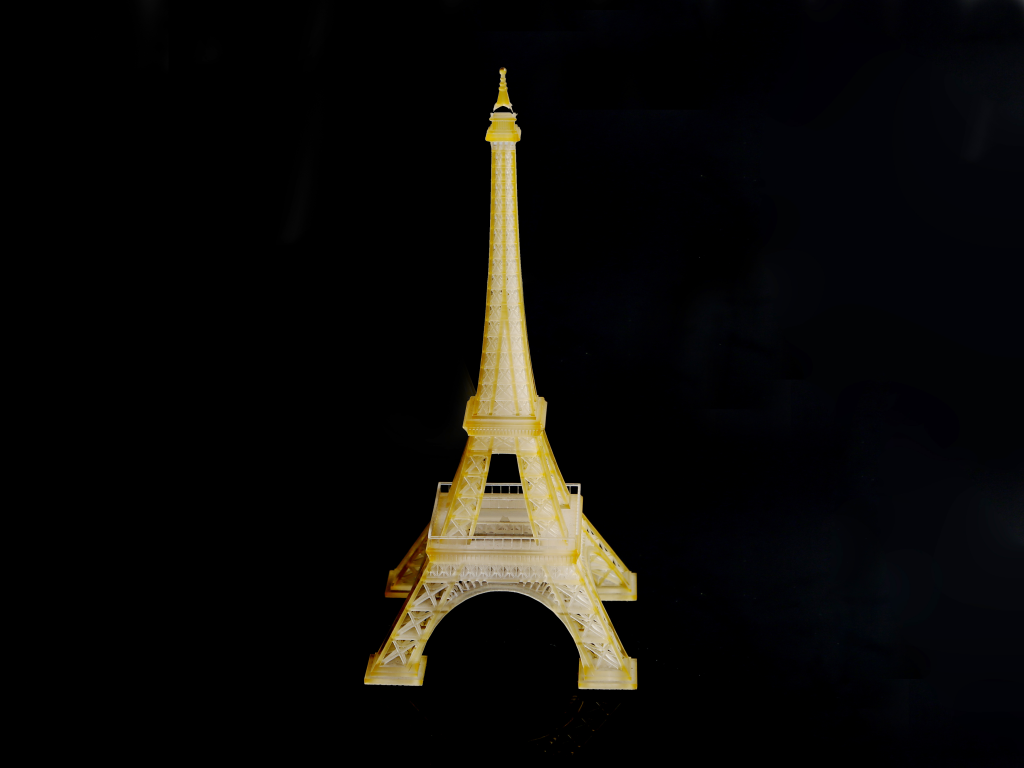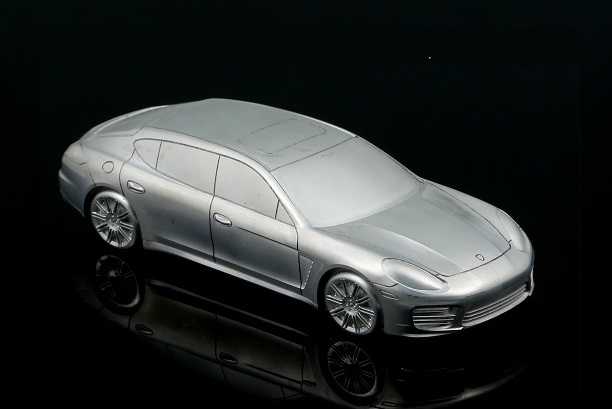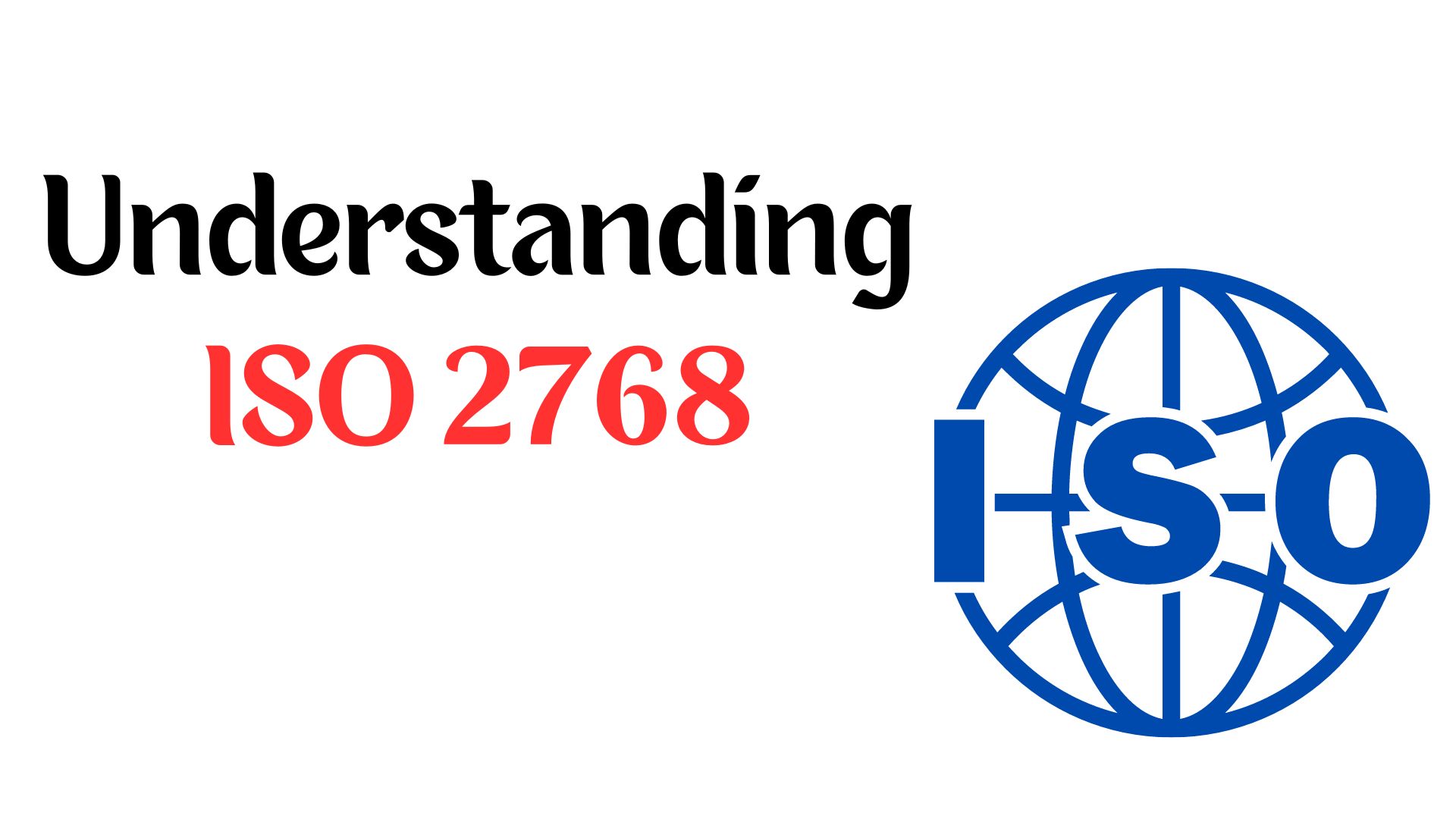FAQs about Sheet Metal
1.What services does MY Prototyping provide in sheet metal fabrication?
MY Prototyping offers a comprehensive range of services including cutting, bending, punching, welding, and assembling. Our state-of-the-art machinery ensures precision and high-quality finishes for all projects.
2. What are the tolerances for fabricated parts?
Sheet metal fabrication tolerances refer to the acceptable deviations for features of sheet metal parts required for accurate and consistent installation and integration.
For sheet metal parts, ISO 2768-mk is usually used to ensure proper control of the elements of geometry and size. The following will show you 7 tolerance standards range of linear and angular dimensions, flatness & straightness, cylindricity, and circularity.
3. What’s K factor in sheet metal?
K factor is the sheet metal process is the ratio of neutral axis to material thickness. This value changes with respect to the various physical properties and thickness of materials used.
4. How much does sheet metal fabrication cost?
Every aspect of a sheet metal fabrication project comes with an associated cost — the design, possible prototype, finishing processes, and others. Asides from the process itself, materials also cost money. To learn some tips for reducing custom sheet metal fabrication costs
FAQs about Injection Molding Service
1. What’s the process for injection mold making?
Our mold-making process includes 6 steps:
Step 1: Production arrangement: Determine all of the requirements and arrange the production.
Step 2: DFM report analysis: Provide free but detailed production DFM report for further feasibility analysis.
Step 3: Production the mold: Put the mold into production and provide the Tooling Schedule form for the whole cycle for clients to check the process at any time.
Step 4: Free sample to test: Put the mold into production and provide the Tooling Schedule form for the whole cycle for clients to check the process at any time.
Step 5: Mass production:Client confirms the samples are qualified, then officially proceed with the subsequent production.
Step 6: Mold saving: Production is completed and delivered after quality inspection. Mold will be cleaned and properly stored for the next round of parts production.
2. What are the typical tolerances for injection molded parts?
Tolerances are crucial in injection molding; without proper specification and control, assembly issues can arise. At MY Prototyping, we adhere to the ISO 2068-c standard for molding tolerances, but can accommodate tighter specifications if needed.
3. What is the minimum order qty?
We have no minimum order requirement. However, larger quantities will yield more competitive pricing.
4. How long does it take to make molded parts?
Once an order is placed, mold design and creation typically take around 35 days, with an additional 3-5 days for the production of the molded parts.
5. How much does your injection molding service cost?
The cost of our services varies based on several factors such as component size, mold complexity, number of cavities, material type, and post-processing requirements. We provide quotes after analyzing these factors on our platform.
FAQs About MY Prototyping CNC Services
1. What are your maximum dimensions for CNC machining?
At MY Prototyping, we excel in the production and prototyping of large machined parts, whether in metal or plastic. Our substantial CNC machining build envelope measures an impressive 2000 mm x 1500 mm x 300 mm. This capability ensures that we can accommodate even sizable parts, including those tailored for furniture or architectural applications.
2. Can you detail the tolerances of your machined parts?
Absolutely! The tolerances of our machined parts are customized based on your specific requirements. For CNC machining, our metal components adhere to the ISO 2768-m standards, while our plastic parts align with ISO 2768-c standards. It’s important to note that a higher demand for precision will correspondingly increase the cost.
3.Can you provide insight into your CNC machining capacity?
Certainly! MY Prototyping has the capacity to produce over 10,000 diverse prototypes monthly, ranging from simple to intricate designs. Our infrastructure is supported by 120 state-of-the-art CNC machines, and we take pride in our team of over 100 skilled technical experts.
4. What materials can be used with MY Prototyping CNC machining?
MY Prototyping CNC Services offer versatility in material compatibility. Commonly used CNC materials include metals like aluminum, steel, brass, and copper, as well as plastics such as ABS, Polycarbonate, and POM. However, specific material availability might vary, so it’s recommended to check directly with the service provider.
5. How much does your CNC machining service cost?
The cost of MY Prototyping CNC machining service is variable and directly influenced by the distinct attributes of your project, including its design and tolerance specifications. The machining duration for the chosen material is another key determinant of the cost. To illustrate, should you require a part where the combined machining and material expense is $2, with an additional setup charge of $200, the total cost for a singular part would amount to $202. Contrastingly, should you commission the production of 200 identical parts, the cost per unit would be just $3! Learn more about MYprototyping CNC machining costs.
6.Is there a minimum order quantity (MOQ) for CNC machining at MY Prototyping?
MY Prototyping caters to both one-off prototype and large-scale production runs. Thus, there is typically no strict MOQ. Whether you need a single part or thousands, MY Prototyping aims to provide a solution.
7.How long does it take to receive a part once an order is placed?
Lead times can vary based on the complexity of the design, the chosen material, and the current workload at MY Prototyping. However, one of the advantages of CNC machining is its speed, especially for simpler parts. Once the setup is complete, machining times can be relatively quick. Parts can be delivered as fast as 7 day! For an accurate estimate, it’s best to request quotes directly from MY Prototyping.

Explore Related Resources
How Precision Sheet Metal Fabrication Improves Modern Cars’ Performance
Precision sheet metal fabrication is one of the most important processes in automotive engineering, which makes it possible to fabricate …
November 18, 2024
How Rapid Injection Molding Lowers Production Costs in the Drone Industry?
Are high production costs and slow timelines keeping your drone business stuck on the ground? If so, Rapid Injection Molding …
November 1, 2024
ISO 2768-mk – The basics of the general tolerance standard
Every feature on a product or part has a size and a geometric shape. To ensure that the size and …
July 16, 2024



